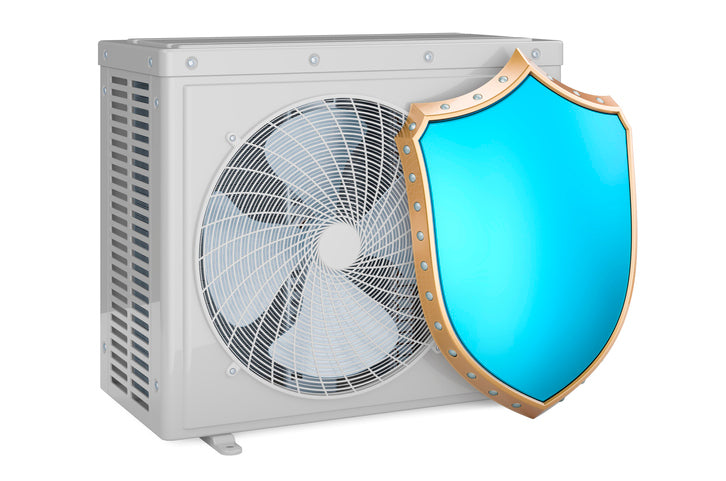The Different Types of Heating Systems To Consider

Winter brings forecasts of frigid temperatures, icy conditions, and snow. Like the summer heat, dealing with winter temperatures requires home upgrades to make your space more comfortable. Here are four different types of heating systems to consider installing in your space before winter arrives.
Furnace Heating
Furnaces use heated air to warm up your space. They generate heat by burning gas, usually propane or natural. As the gas burns, the energy released warms up a heat exchanger that collects and circulates the heat within coils or pipes. Below the exchanger is the system’s fan, which blows air over the heated piping and into a duct system that connects to vents throughout your home. As the air passes over the heat exchanger, it warms up, producing warm air.
Adding a furnace into your home requires a designated space for the central system that houses the burners, heat exchanger, fume pipe, and fan. Along with requiring space for the central unit, the system also needs plenty of space for ductwork.
Boiler Systems
Unlike furnaces, boilers operate with water or steam rather than air. They consist of three main components: a burner, pipes, and a radiator. Gas, oil, or wood is used to fuel the burners, which create a flame that heats up the pipes circulating water throughout the house. Radiators connect to the pipes and circulate the boiled water or steam, releasing heat within its surroundings. Eventually, the heat from the radiator warms up the space, creating a more comfortable indoor atmosphere.
A boiler system also requires a bit of extra space within your home’s structure. However, compared to furnaces, they give you a little more control in managing individual room heating. The radiator’s valves allow you to decide how much water or steam you release, controlling how hot a room gets.
Heat Pumps
Heat pumps or mini splits offer a less intrusive heating system. Like furnaces, they generate and spread heat with circulated air. However, they don’t use a major central system. A heat pump exchanges heat energy through refrigerants that come in thin pipes, requiring minimal changes to your home’s structure during installation. They connect to an indoor and outdoor unit that comprises the whole mini split system. The indoor unit, also known as the AC, releases heated air into your space and allows you to control speed, temperature, and vent directions.
Mini splits come in many variations, including a ducted heat pump system, allowing you to connect two separate spaces with the same temperature control. Plus, their compression mechanics reduces the need for a burner, eliminating fumes from burning fuel and creating a more environmentally friendly system.
These three different heating systems provide you with varying home heating methods and experiences to consider this winter. If you’re looking for a heat pump, shop with us at Pioneer Mini Split. We offer a variety of units that’ll keep you warm in the winter and more.






